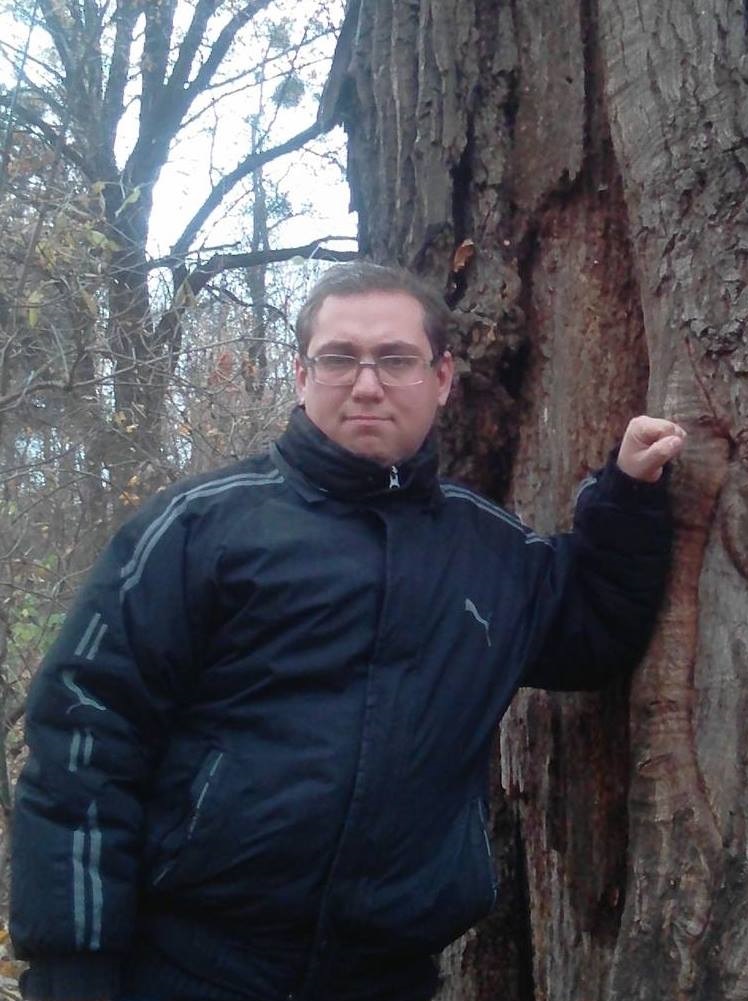Schrödinger cat is an imaginary experiment to demonstrate how quantum effects manifest themselves in the macro-Universe. Scientists have recently found that there may be very hot physical systems that have just such properties.

Schrödinger quantum states
Quantum states can only be created and observed under very controlled conditions. A research group from Innsbruck, Austria, has succeeded in creating so-called hot Schrödinger cat states in a superconducting microwave resonator. The study, published in the journal Science Advances, shows that quantum phenomena can also be observed and utilized in less perfect, warmer environments.
Schrödinger cat states are an exciting phenomenon in quantum physics in which a quantum object exists simultaneously in two different states. In Erwin Schrodinger’s imaginary experiment, it is a cat that is both alive and dead.
In real experiments, such simultaneity is observed in the arrangement of atoms and molecules, as well as in the vibrations of electromagnetic resonators.
Previously, these analogs of Schrödinger’s mental experiment were created by pre-cooling a quantum object to its ground state, the state with the lowest possible energy.
“Hot” quantum states
Now researchers led by Gerhard Kirchmair and Oriol Romero-Isart have demonstrated for the first time that it is indeed possible to create quantum superpositions from thermally excited states.
“Schrödinger also assumed a living, i.e. ‘hot’ cat in his thought experiment,” says Kirchmair from the Department of Experimental Physics at the University of Innsbruck and the Institute for Quantum Optics and Quantum Information (IQOQI) of the Austrian Academy of Sciences.
“We wanted to know whether these quantum effects can also be generated if we don’t start from the ‘cold’ ground state,” Kirchmair said.
In their study, the scientists used a transmon qubit in a microwave resonator to generate cat states. They were able to create quantum superpositions at temperatures as low as 1.8 Kelvin, 60 times the ambient temperature in a vacuum.
“Our results show that it is possible to generate highly mixed quantum states with distinct quantum properties,” explains Ian Yang, who performed the experiments described in the study.
The researchers used two specific protocols to create the hot Schrödinger cat states. These protocols have previously been used to create cat states, starting with the basic state of the system.
Quantum effects in “hot” media
“Many of our colleagues were surprised when we first told them about our results, because we usually think of temperature as something that destroys quantum effects,” added Thomas Agrenius, who helped develop the theoretical understanding of the experiment. “Our measurements confirm that quantum interference can persist even at high temperatures.”
These research results may benefit the development of quantum technologies. “Our work reveals that it is possible to observe and use quantum phenomena even in less ideal, warmer environments,” stresses Kirchmair.
“If we can create the necessary interactions in a system, the temperature ultimately doesn’t matter.”
According to phys.org


